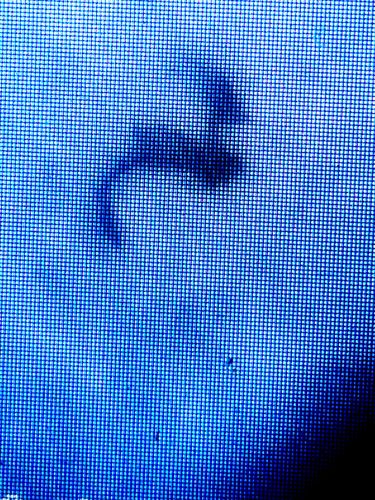Moth Fly, Drain Fly, Filter Fly
Scientific Name: Psychoda spp. (e.g., Psychoda alternata, Clogmia albipunctata)
Order & Family: Diptera, Psychodidae
Size: 2-5 mm in length

Natural Habitat
Moth flies are commonly found in bathrooms, kitchens, basements, or any other areas with drains, septic tanks, or standing water containing decaying organic matter. They thrive in moist, dark conditions.
Diet & Feeding
Adult moth flies do not feed significantly. Their larvae feed on decaying organic matter, sewage, and microorganisms found in moist environments.
Behavior Patterns
Moth flies are weak fliers and typically found resting on surfaces indoors, especially near drains or moist areas. They are most active during the night. Their life cycle includes egg, larval, pupal, and adult stages, with larvae and pupae developing in moist organic matter.
Risks & Benefits
Potential risks include being a nuisance, especially indoors. They can sometimes be associated with unsanitary conditions due to their breeding environment. While generally not directly harmful to humans (do not bite or transmit diseases), they can potentially carry bacteria and other pathogens from their breeding sites to surfaces. Benefits are minimal from a human perspective, but they contribute to the decomposition of organic matter in their natural habitats.
Identified on: 8/28/2025